6. Visually stunning production design
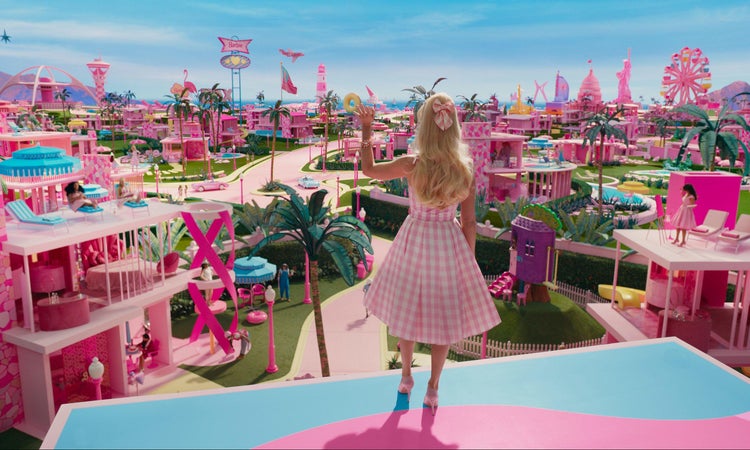
At a time when so many big-name Hollywood directors can’t seem to pull themselves away from CGI (looking at you, James Cameron), Greta Gerwig’s loyalty to old-fashioned practical sets an lends the production design of “Barbie” a sense of tactility and surprisingly lived-in quality that feels thoroughly missing in today’s big-budget studio tentpoles.
In order to bring her vision of Barbie’s plastic wonderland to life, Gerwig and production designer Sarah Greenwood decided against using much computer animation in favor of analog methods inspired by midcentury California architecture and old soundstage Technicolor musicals. Most of what the viewer sees during the extended segment where the Barbies live in their Dreamhouses are tangible, full-size sets and handmade props that include a blend of 3-D and D-d features as well as a 50-foot-tall hand-painted sky backdrop. The Warner Bros.’ film made headlines around the world when it was reported that the movie sets required so much fluorescent pink paint that it used up one company’s global supply contributing to a world shortage, which tells you just how beyond committed everyone involved was to ensure Barbieland’s candy-coated utopia would pop off the screen.
7. Influence from other filmmakers
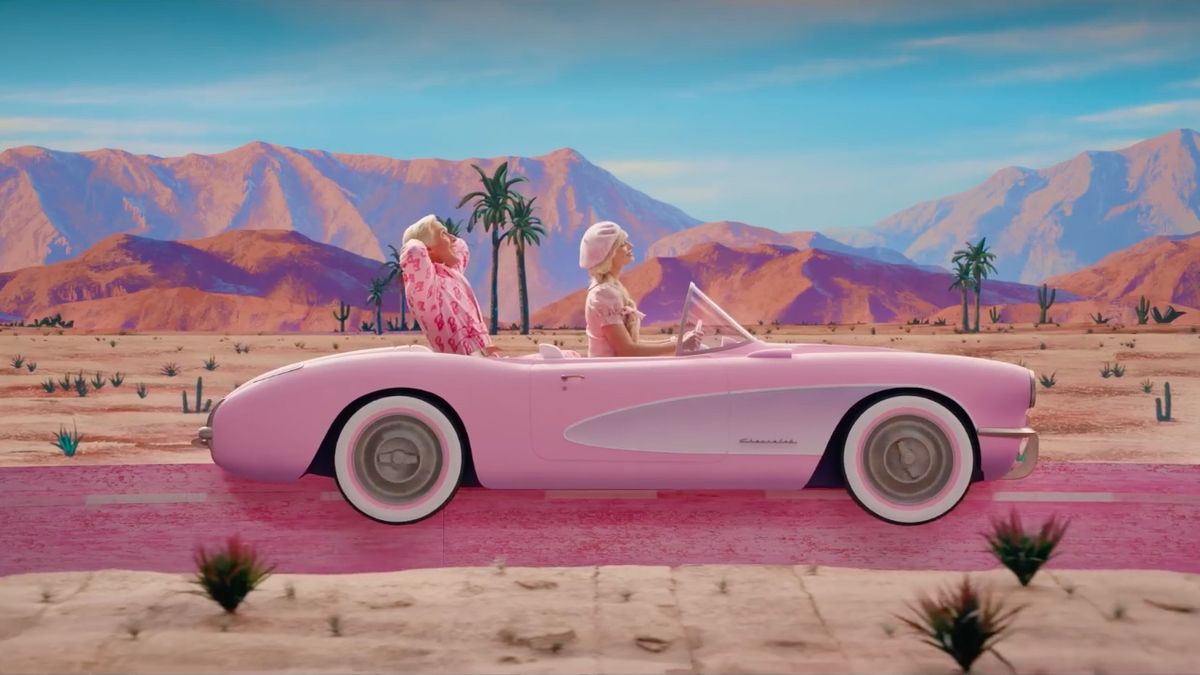
“Barbie” not only glides over the iconic doll’s 70-year history, it is also crammed full of references to classic movies ranging from “The Shining” to “The Matrix”, a barrage of pop needle drops and Easter eggs for observant viewers to discover. While most of the nods are used for laughs and getting its major themes across, whether it’s spoofing Stanley Kubrick’s 2001’s famous opening scene by replacing apes with little girls smashing their baby dolls, poking fun at the nauseating male-driven obsession for the Snydercut and the male urge to mansplain “The Godfather” in a bid to impress women, the movie also tips its hat to a plethora of old soundstage musicals that served as aesthetic inspirations.
In order to achieve what she recently dubbed “authentic artificiality”, Greta Gerwig kept returning to Golden Age classics like “The Wizard of Oz” and “Singin’ in the Rain” to capture the vibrant look and rhythm of those stories. The director has also cited Jacques Tati and Jacques Demy as inspirational touchstones and wears her cinematic influences proudly, from the pastel-colored palette and Margot Robbie’s Cherbourg-inspired hairstyle to Gosling’s self-pitying “I’m Just Ken” dance routine.
8. It has an all-star ensemble cast
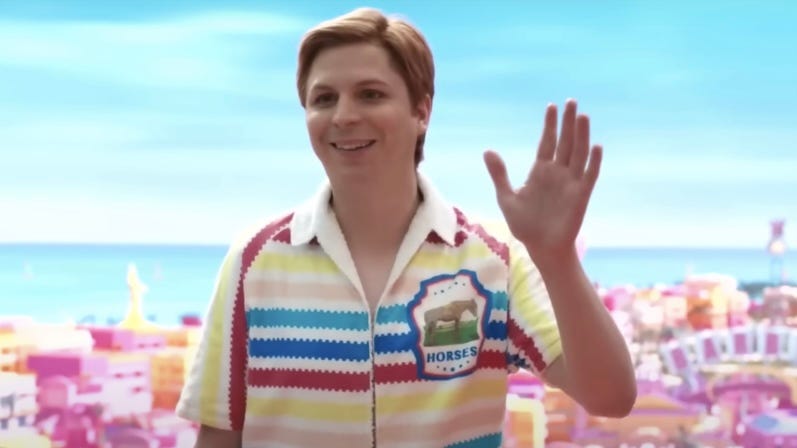
Though perhaps somewhat overshadowed by the equally-impressive constellation of Hollywood A-listers at Christopher Nolan’s disposal in “Oppenheimer”, the star-studded cast featured in Barbie’s call sheet represents the biggest collection of talent Greta Gerwig has ever worked with since moving into the director’s chair in 2017 with “Lady Bird”.
Many fans agree that Margot Robbie and Ryan Gosling — arguably two of the most in-demand actors working in Hollywood right now — were clearly born to play the roles of Barbie and Ken respectively. Both have understandably earned the lion share of plaudits for leading the line as the movie’s emotional anchors, though it should be noted that the dynamic duo is backed by an absolutely stacked lineup boasting many recognizable faces such as Kate McKinnon, Simu Liu, Issa Rae, Michael Cera, Kingsley Ben-Adir, Will Ferrell, Emma Mackey, Dua Lipa, John Cena and America Ferrera. In the midst of talks about the decline of Hollywood’s star system in the age of franchise-based entertainment, the depth of talent in “Barbie” is a rare and delightful phenomenon.
9. It’s already generating Oscar buzz
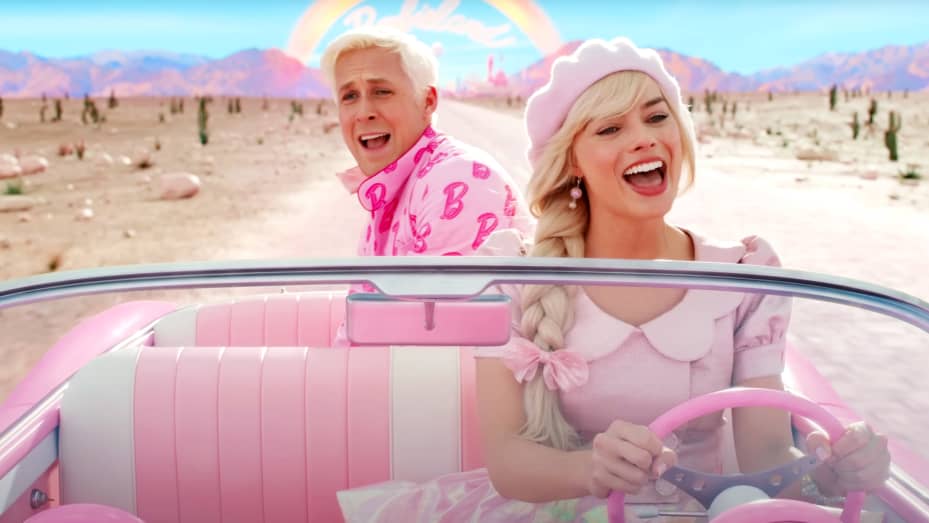
Lost in the rush of praise for Barbie’s brilliant marketing campaign and record-breaking, expectation-defying box office run is the fact that it is already being singled out within pundits’ circles as a potential frontrunner primed for a strong awards campaign this fall. It’s always tricky to gauge where exactly any Oscar hopeful stands with so many surefire contenders yet to release, but you’d be smart to bet on “Barbie” coasting through several categories including costume design and original song and maybe even creeping into the Best Picture conversation for its commercial success, social media presence and critical praise alone.
With a few counted exceptions, it’s been incredibly unusual for comedies to achieve any level of recognition at the Oscars — much less in taking the top prize. But if last season’s unpredictable awards circuit is anything to go by, it seems that the Academy voters are slowly warming up to the kind of off-kilter populist fare that has traditionally struggled to gain much momentum. If nominations come calling, expect Ryan Gosling to wiggle his way to the forefront of the Best Supporting Actor race on his way to his third Oscar nomination. A directing and screenplay nod for Gerwig could also be on the cards, though she’ll face stiff competition all season.
10. In the director’s own words
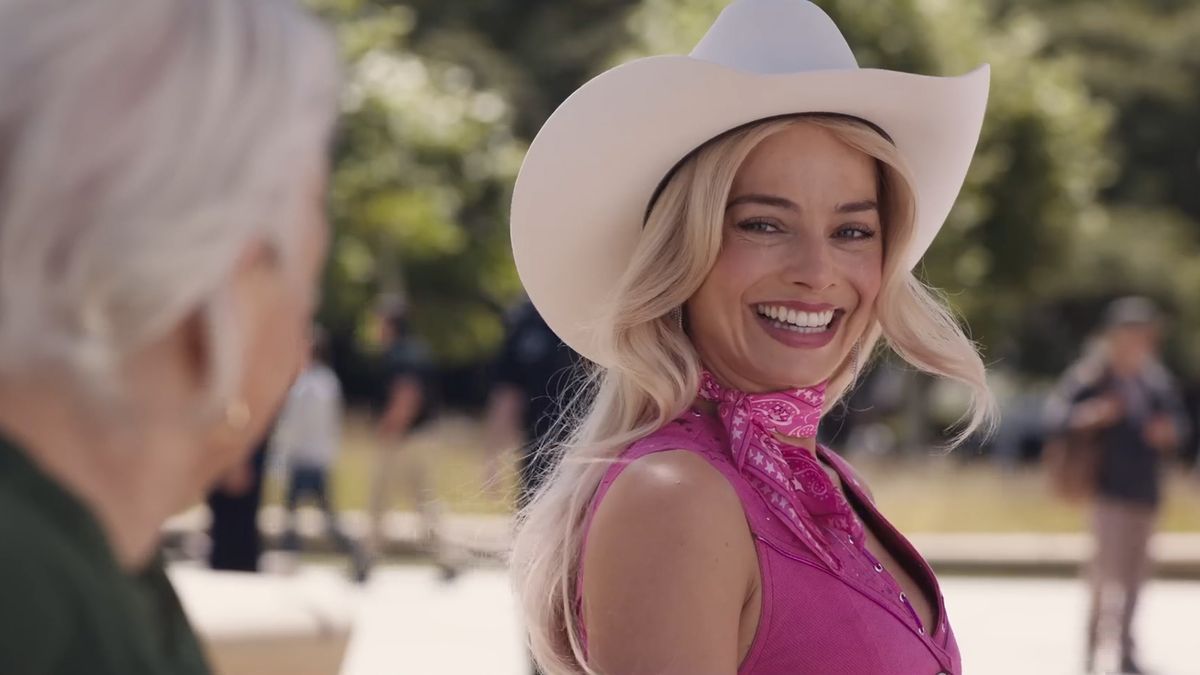
“[With Barbie], I wanted to make something anarchic and wild and funny and cathartic, something that was so just spilling out over the edges of it that you want to be in a group and see it big. Because I thought we’ll never make any movies again, but if they’re going to, I’d like this. […] I think it was a particular ripple in the universe that allowed it to happen, and the idea that it’s actually being received this way, it’s sort of extraordinary. […] I’ve never been part of anything like this. But in a funny way, it feels like the fundamentals are the same. Even though it is Barbie, and it is an internationally known brand, the movie feels very personal. It feels just as intimate as Lady Bird or Little Women. […] It started from this idea of Barbieland, this place with no death, no aging, no decay, no pain, no shame. We know this story. We’ve heard this story. What happens to that person? They have to leave and confront all the things that were shielded from them in this place. It’s Barbie, who’s the queen of plastic! What better thing could we do then give her a real life?
– Greta Gerwig in conversation with The New York Times, AP and Rolling Stone.